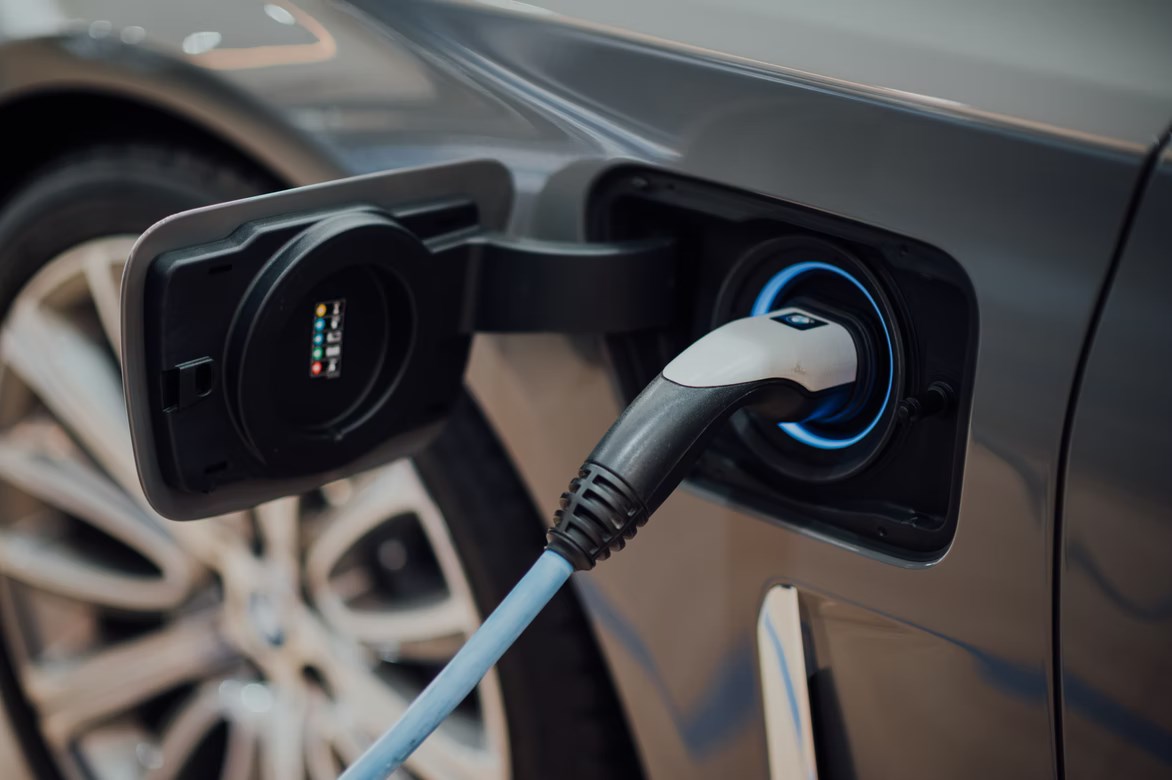
See Full Size
It will enter service in the USA next year.
Non-profit, a consortium of automakers and charging operators SAE Internationala universal system in line with the framework determined by the US Government. “plug and charge” It plans to put the (plug and charge) protocol into service early next year.
Currently, Tesla vehicles can start the charging process without any additional action by plugging their vehicles into the charger at Supercharger stations. Thanks to the new protocol, this experience is available for all electric vehicles. standard and a significant burden will be eliminated.
The international standard called ISO 15118 is already included in many models, but it is not universally adopted. Vehicles with plug and charge feature can be used thanks to this protocol. By communicating securely with the charger, it can receive payment from the vehicle owner without entering application registration and additional payment information.
To adopt plug-and-charge, automakers must enter into individual agreements with third-party charging companies to ensure their vehicles can communicate seamlessly with the charging companies’ equipment.
Members of the SAE consortium include major charging providers such as BP Pulse, ChargePoint and Electrify America, as well as Ford, General Motors, Tesla, Rivian, Toyota ve BMW There are automobile manufacturers such as. More companies are expected to join over time.
The system will also offer some advantages beyond uninterrupted charging for electric vehicle owners. Trustworthy vehicle to grid (V2G) Thanks to communication and bi-directional charging, electric vehicles will be able to send energy back to the grid to balance their energy load. This will help create a more resilient grid and avoid criticism that the current energy system cannot handle the charging load of electric vehicles.
This news our mobile application Download using
You can read it whenever you want (even offline):




